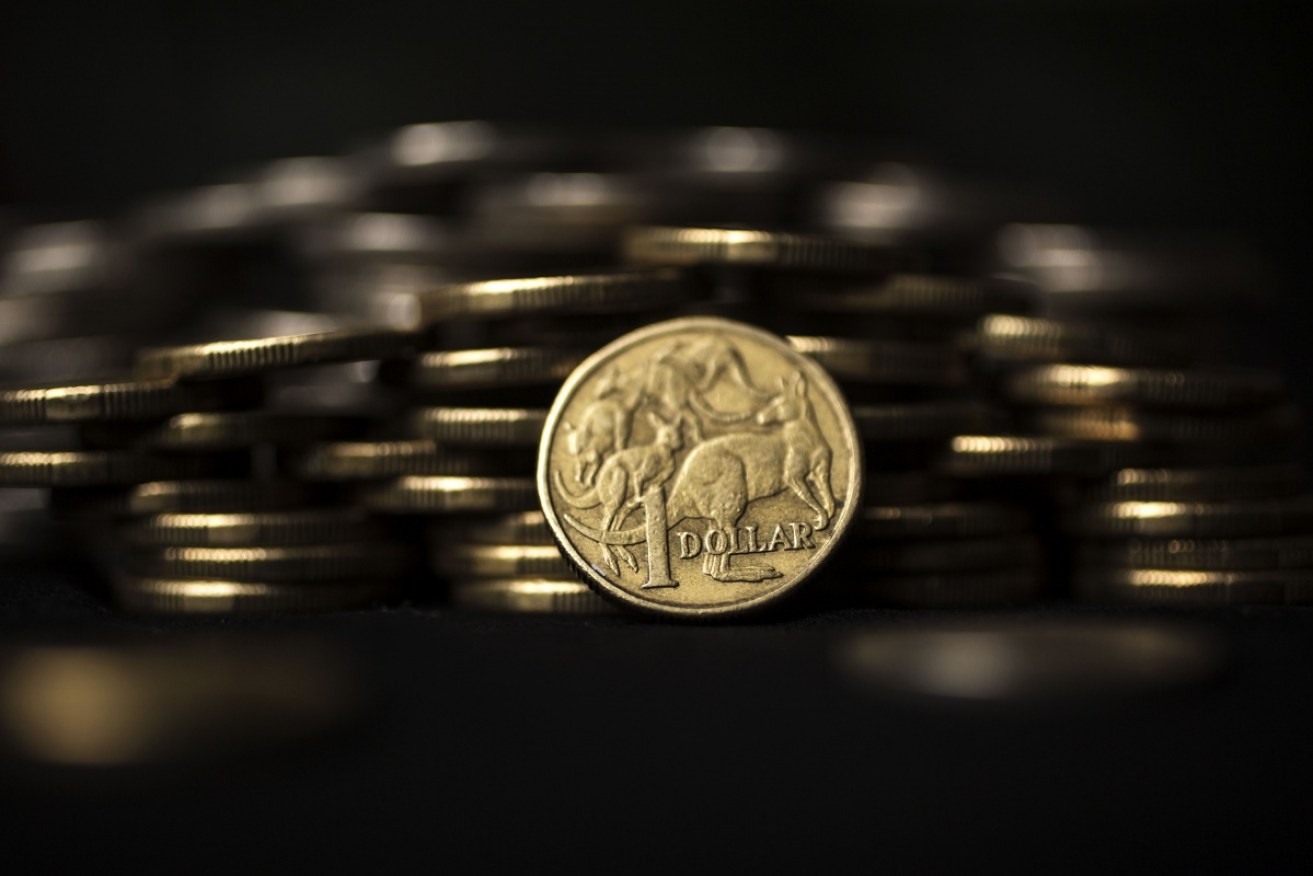Why the Aussie dollar is plummeting, and what you should do about it


The Aussie dollar could go anywhere, but down is the likeliest. Photo: AAP
Australians planning an overseas trip will have watched with horror as the dollar plummeted from 77 cents in early June to a little over 73 cents on Friday.
The fall is even more dramatic if you look to the beginning of the year, when the Aussie dollar was worth 81 US cents.
Many experts are predicting the fall will continue – with some warning it could go as low as 65 US cents over the next 12 months.
If this eventuates, $2000 Aussie dollars will buy you just $US1300. That’s $US320 less than they would have bought you in January.
So what’s behind this fall, and what does it mean for Australians planning a holiday outside Australia?
It’s all America’s fault
The Aussie dollar has fallen consistently over the last six months, as the graph below shows, but its most recent lurch downward began on 13 June.
Why? Simple. On 13 June, the US Federal Reserve – America’s version of the Reserve Bank – lifted interest rates by 0.25 percentage points, and said there were more rate hikes to come later in the year.
That signalled to investors a number of things, but essentially the message was: the US is a good place to invest, and it’s only going to get better.
As a result, currency speculators rushed to buy US dollars, selling their other currency holdings, such as Aussie dollars. That pushed up the cost of the in-demand US dollar, and pushed down the cost of the less popular Aussie dollar.
Other currencies, including the British pound, the euro and the Japanese yen, were subject to the same supply-and-demand forces, and also fell dramatically against the dollar on 19 June.
Professor James Morley, economist and currency expert at the University of Sydney, said this was the main factor behind the Aussie dollar’s fall.
“It’s primarily a US dollar story, reflecting that the Federal Reserve has started raising rates. The US economy is strengthening which indicates interest rates will rise over the next year.”
Professor Morley said predicting the currency market was impossible, but “the balance of probabilities” suggested the trend would continue for the time being, meaning the Aussie dollar could well fall further.
“An Aussie dollar in the 60s is not the most likely thing but it’s quite possible. In the early 2000s it was below 50 US cents. It is possible it could fall to 60 US cents in the next year or so.”
However, he said three factors could see the tables turn back in the Australian dollar’s favour. In Australia, commodity prices could pick up, and wages could also finally start growing above inflation.
That might prompt the Reserve Bank of Australia to lift interest rates, which would probably bolster the Aussie dollar.
And in America, the US economy could falter.
“People seem to forget that the US has been in recovery for a very long time, and recoveries end at some point. Over the next year or two there could be a collapse or recession in the US,” he said.
That would make the Aussie dollar more attractive again.
Make sure you’re savvy
Overall, though, the outlook isn’t great for the Aussie dollar.
That means it will be more important than ever for Australians travelling overseas to be savvy about how they buy foreign currency.
Bessie Hassan, money expert at comparison website finder.com.au, said one way to protect against further falls was through prepaid travel cards.
These cards can protect you from exchange rate fluctuations during your trip because they hold your money in the local currency, not the Aussie dollar.
“Generally speaking, you should try and opt for a travel money card with $0 conversion or ATM withdrawal fees, and one that supports the currencies you’ll need,” she said.
“You should also keep an eye on the initial load fee and any inactivity fees that may apply to ensure you take out the most cost-effective product.
“Once you get home, make sure to take any remaining funds off your card if it does have inactivity fees – as these fees can result in your funds dripping away unnoticed.”
She said using your debit card could also make sense since a number of banks had reduced or done away with fees. However, using a debit card does not protect you from fluctuating exchange rates.
That’s good if the Aussie dollar gets stronger while your away, but bad if it gets weaker.
Ms Hassan said main advantage of using a credit card overseas was to collect frequent flyer points or other rewards.
If you prefer cash, Ms Hassan warned against using hotel or airport exchanges.
“Typically, the best places to buy foreign currency are at a specialist exchange counter or from a bank, so don’t leave it until the last minute,” she said.








